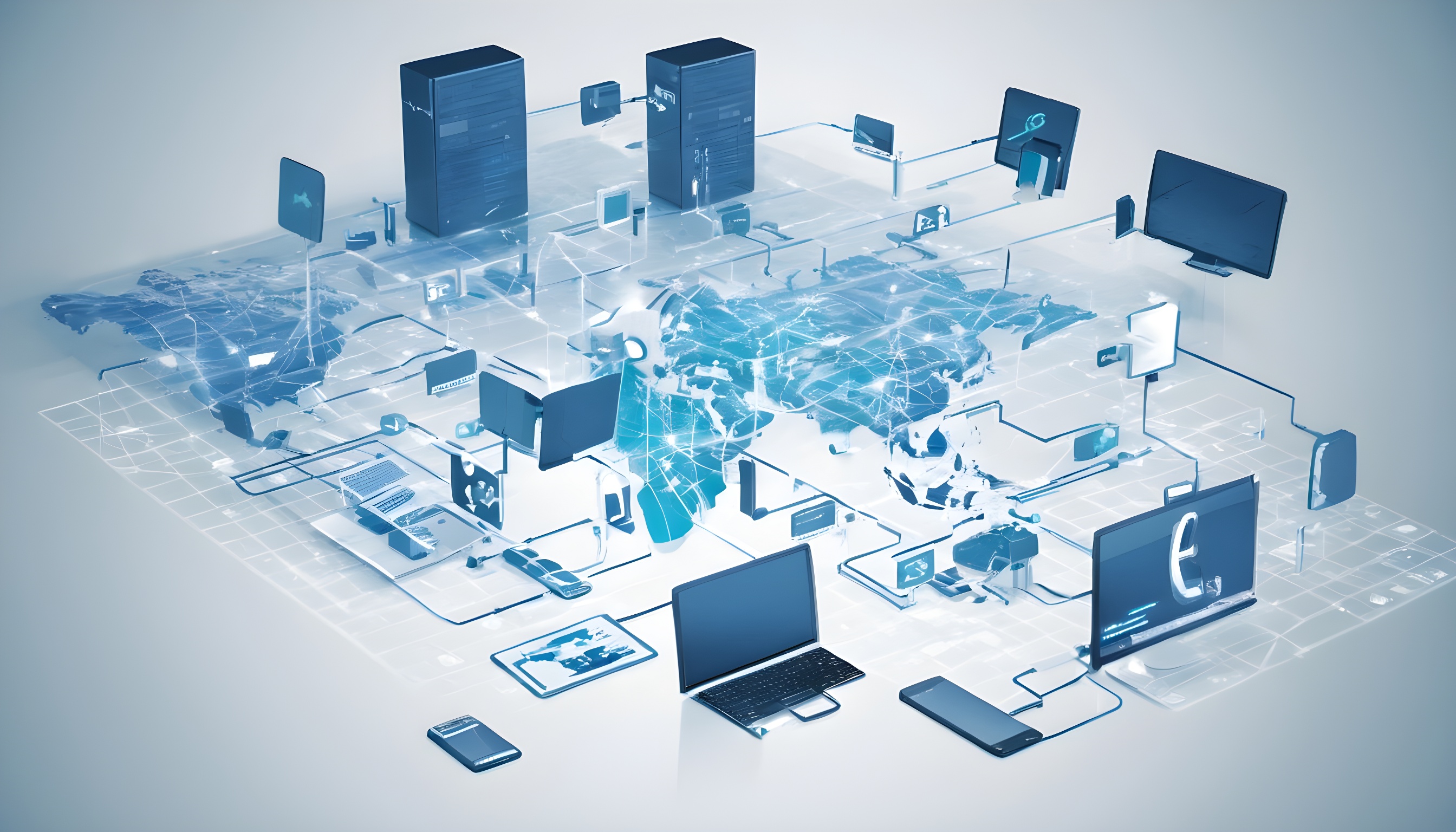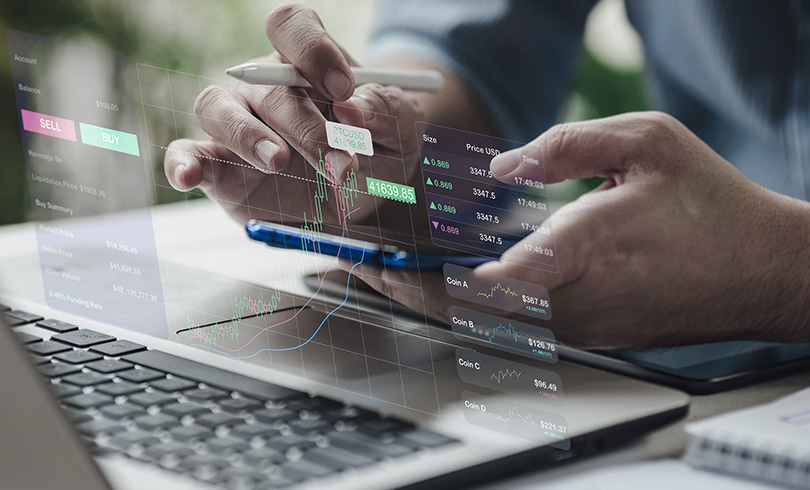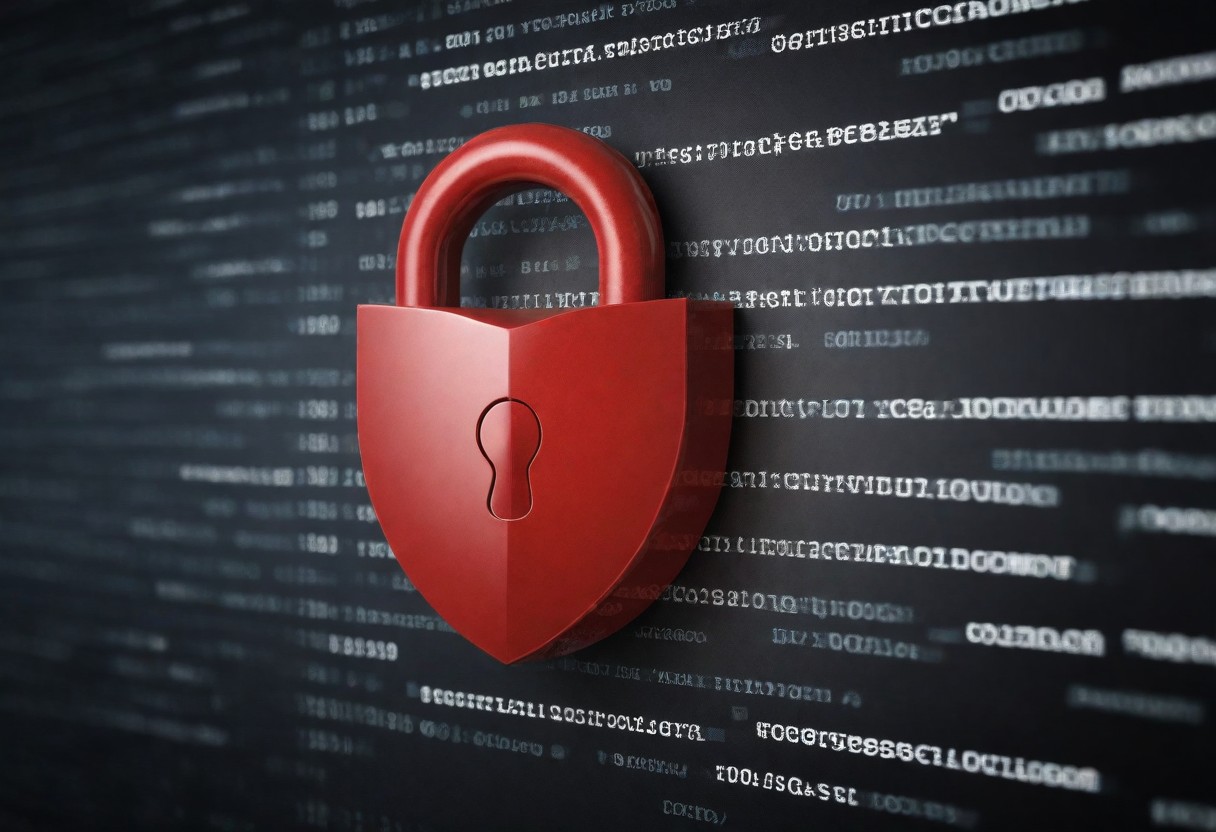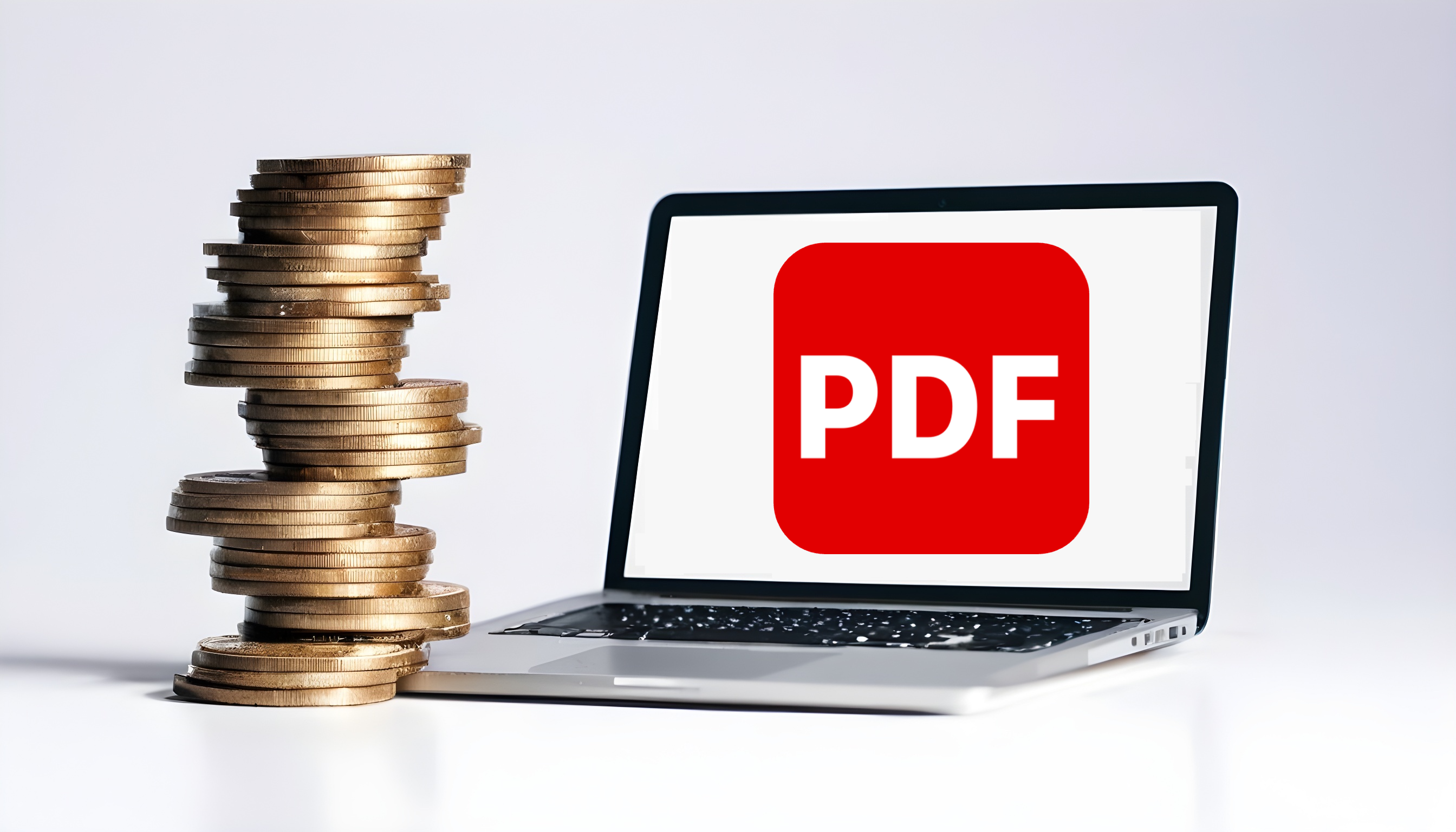The future is e-invoicing: The critical role of e-invoicing in today's marketplace

Growing year-on-year globally, there's no denying that e-invoicing is on a bright trajectory, and so are the businesses that embrace it. One may ask why is there a need to modernise processes that have been working perfectly fine for years? Well, to that, we must ask: Have they really? This article looks at how e-invoicing unlocks a significant competitive advantage and its role in modernising AR processes.
Why modernise the AR process in the first place?
As competitive pressures rise, so does the need for more efficient invoice processing systems and real-time analytics. However, this means more than digitising paper invoices and switching to PDFs. After all, PDF-format invoices don't offer the much-needed data integration benefits and real-time insights into AR processes.
Cue e-invoicing, the essential tool for improved operational efficiency, strengthening collaboration between purchasing and finance departments and meeting upcoming regulatory requirements.
E-invoicing: Leveraging a competitive advantage
Although there is an apparent rise in companies adopting e-invoicing, many businesses don't share a mutual enthusiasm about switching from legacy systems to e-invoicing. Regardless, the transition is well on its way to becoming a legal obligation in many countries. However, that doesn't negate the invaluable business advantages and growth opportunities of invoice dematerialisation.
Increased data and information security
Regarding financial management, ensuring data accuracy and security is paramount. Unfortunately, conventional invoicing processes simply don't safeguard information as they should. Paper and PDF-based invoicing are susceptible to errors, data breaches, and fraudulent activities.
On the other hand, by switching to e-invoicing, companies can address these risks with an enhanced information security and data privacy solution, with e-invoicing software often integrating encryption, authentication protocols, and other security measures to safeguard invoice data against unauthorised access and fraudulent activities. E-invoicing solutions also typically incorporate automatic data validation and error-checking functionalities, drastically minimising the likelihood of inaccuracies in invoice data.
Customer experience and relationships
Efficient communication and collaboration are vital for success in the B2B realm. E-invoicing serves as a tool to reinforce these relationships by offering a streamlined and effective invoicing method. According to recent studies conducted by Comarch, e-invoicing propelled most businesses to achieve a 92% on-time payment rate, compared to the 45% on-time payment rate of paper invoices. This milestone has much to do with the improved customer experience, which can be facilitated with the right e-invoicing software. Not only is it easier to capture data, but with the right e-invoicing software, customers have immediate access to all the data and documentation they need to facilitate prompt payment.
Enhance Cash Flow
Complementing accelerated payment cycles, e-invoicing empowers businesses with enhanced visibility and management of their cash flow. Such solutions frequently incorporate real-time tracking and reporting functionalities, enabling enterprises to monitor invoice and payment statuses. This heightened visibility facilitates prompt identification and resolution of payment delays or disputes, thereby maintaining a healthy and predictable cash flow.
The switch
Given the clear benefits, what keeps certain businesses from transitioning to e-invoicing? Some of the most significant challenges holding businesses back from adopting e-invoicing include:
- data security concerns
- integration with internal systems like ERP, SRM/CRM
- the perceived complexity of technology
- integration externally with customers/suppliers
Although these challenges raise valid concerns about adopting e-invoicing without impacting daily business operations or draining critical resources, these challenges also assume that you're taking on the task without the right help. Fortunately, with the right e-invoicing software, businesses can leverage the unparalleled business advantages of e-invoicing and effortlessly integrate it with their internal systems, customers, and suppliers, all on one intuitive platform - and in record time. With System1A you can make the transition to e-invoicing within a 45 minute set-up period and enjoy all of e-invoicing's efficiency and AR workflow benefits.















